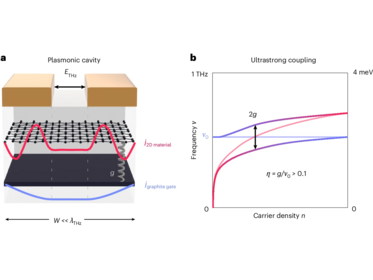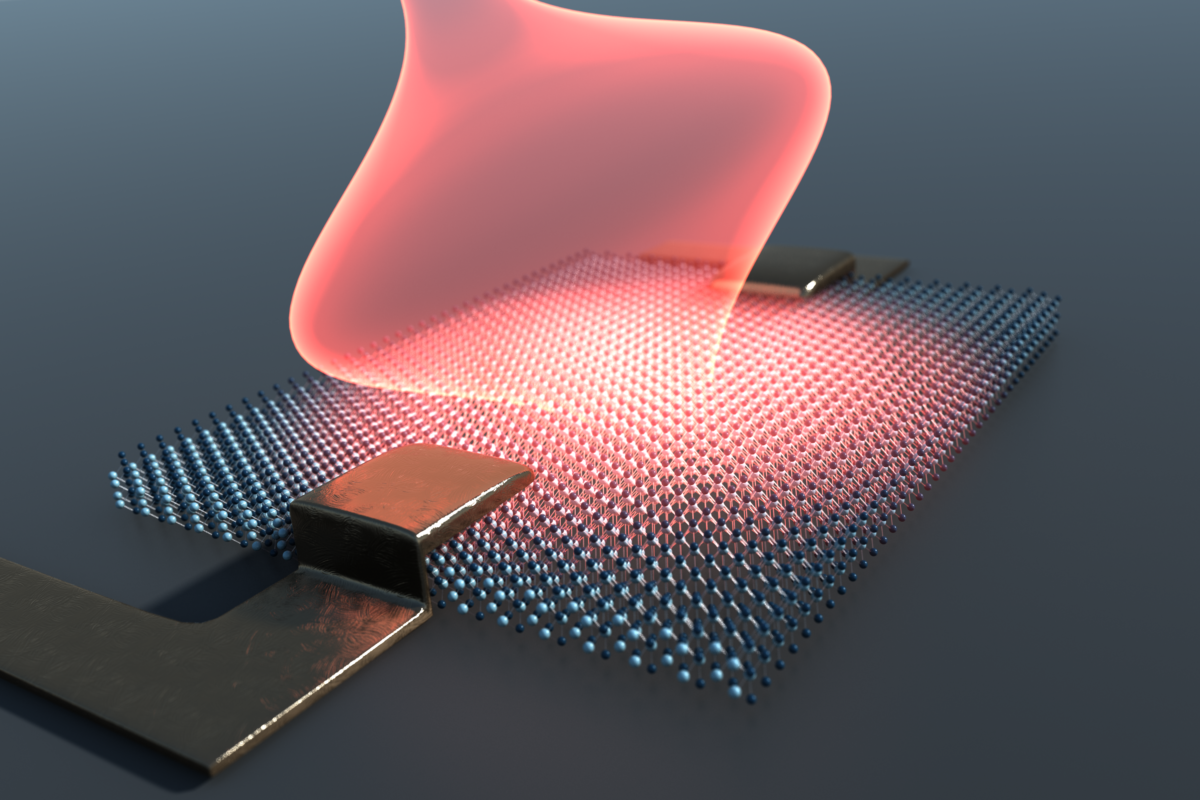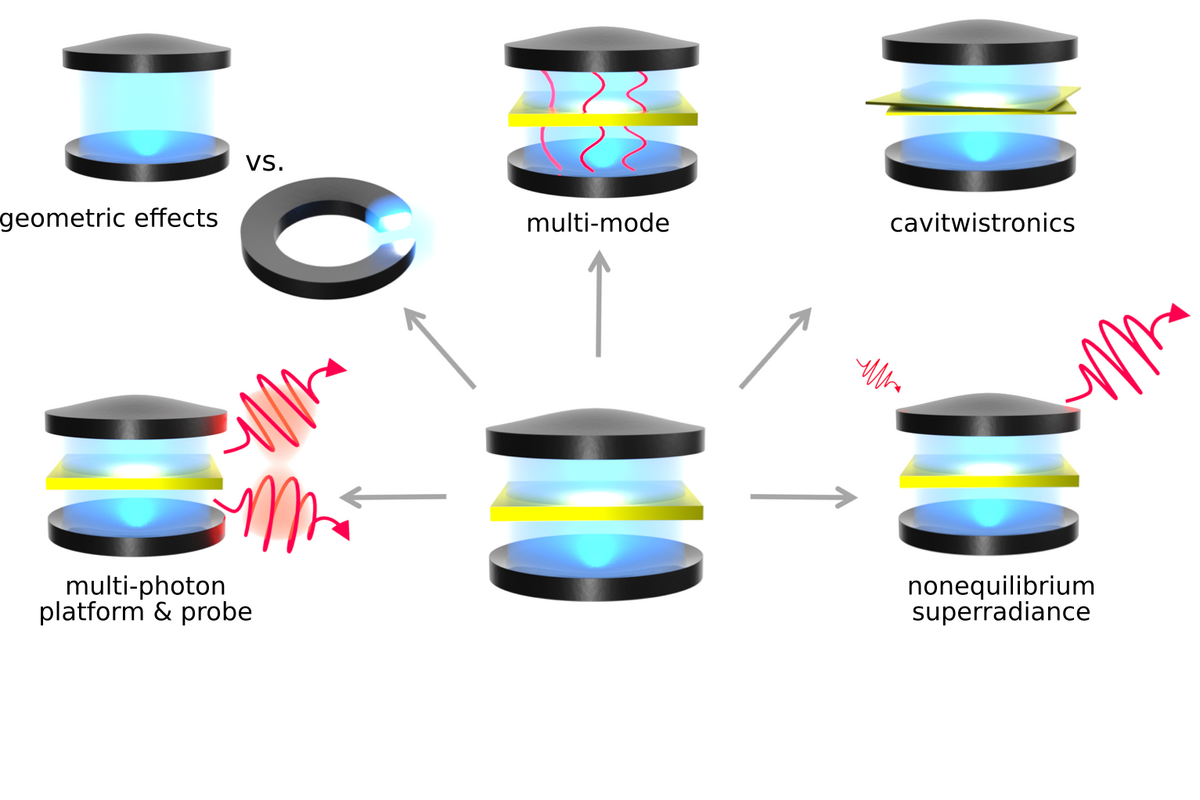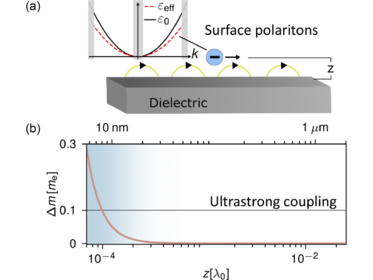
(Symbolbild)


(Symbolbild)

(Symbolbild)

(Symbolbild)
Falls dich die hermitischen und nicht-hermitischen Operatoren schon immer begeistert haben, du dein (und unser) Verständnis von Quantenmaterialien in Wechselwirkung mit Licht (oder machmal auch ohne) erweitern willst, keine Angst vor Computern hast, und gerne in einem agilen internationalen Team forschen würdest: mach deine Bachelorarbeit, Masterabeit oder sogar deine Promotion in der LMCQM-Gruppe. Bei Interesse nimm einfach Kontakt mit Michael auf.
Wir sind eine Theoretische-Festkörperphysik-Gruppe, die Phänomene an der Schnittstelle von Nichtgleichgewicht-Vielteilchenphysik, Quantenmaterialien und Quantenoptik untersucht. Wir machen auch atomistische Simulationen auf unterschiedlichen Approximationsniveaus und entwickeln sogar ein quelloffenes wissenschaftliches Softwarepaket mit, das weltweit verwendet wird.
Wir sind Teil des Instituts für Theoretische Festkörperphysik und des Bremen Center for Computational Materials Science und Mitglied im CECAM-Knoten CECAM-DE-QMDYN.




